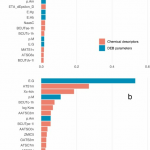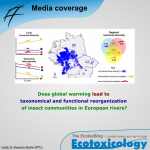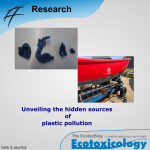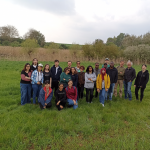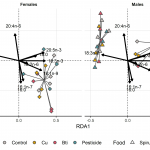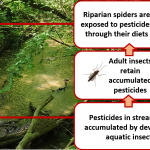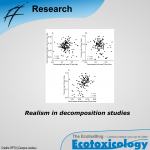In this blogpost, Ralf Schulz reports that the DFG has decided to continue the funding of the Research Training Group 2360 SystemLink, which is taking place at the iES Landau.
Continue readingResearch Training Group SystemLink – The journey continues



